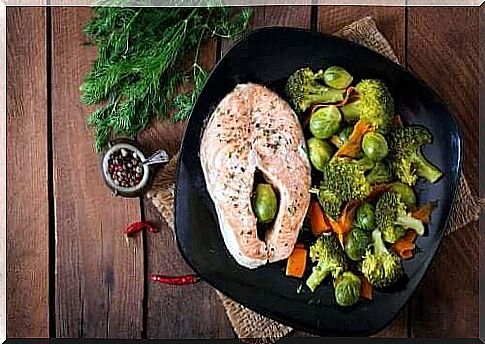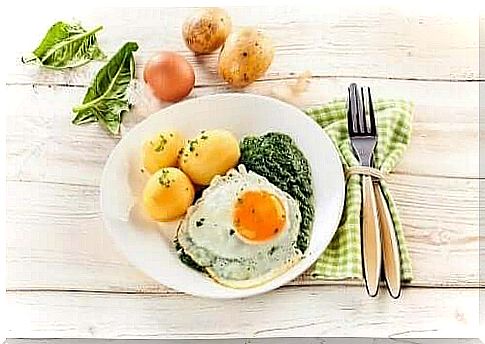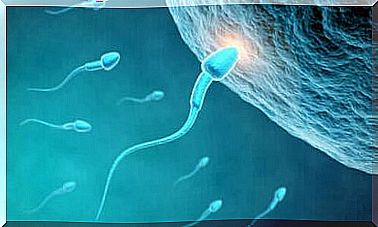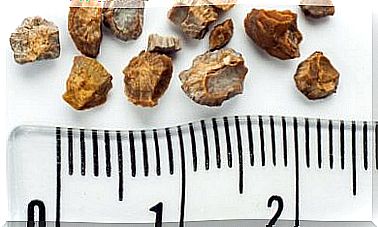Paleo Diet: A Beginner’s Guide

Have you heard of the Paleo diet?
If your answer is yes, you can learn more about the possible benefits attributed to it. And if you have not heard of it, you will also learn something new today! In any case, here’s a complete guide if you’re interested in learning more.
Paleo diet is a very interesting diet plan. It focuses mainly on the use of organic foods that are not industrially processed. The goal is to try to emulate the diet of our primitive ancestors, who presumably ate only what they gathered and killed themselves.
Why Eat Paleo Diet?
The Paleo diet is also called the Stone Age diet and is a diet plan based on foods similar to those eaten in the Stone Age, also called the Paleolithic period, about 2.5 million to 10,000 years ago. The claim is that our ancestors back then were genetically identical to modern humans.
They survived by eating the foods we assume existed at the time, and did not have problems such as obesity, diabetes, and heart disease that are so prevalent in today’s society.
Certain studies suggest that this diet can lead to significant weight loss and that there is no need to count calories. There are other health benefits as well.
- A paleo diet can help you regain your optimal figure.
- The Paleo diet is a eating model that promotes the intake of 100% organic foods. As you can guess, there is no room for food going through an industrial process here.
However, recommendations vary between commercial Paleo diets, and some diet plans have stricter guidelines than others. In general, however, all Paleo diets follow similar guidelines.
Also read: What do successful diets have in common?
Allowed food

- Red meat: Lamb, pork, veal, etc.
- Poultry: Chicken, turkey, etc.
- Fish: Salmon, trout, sardines, etc.
- Eggs: These should be organic or from a local farm where you can meet and say hello to the chicken.
- Fresh vegetables: Lettuce, tomatoes, peppers, carrots, onions, etc.
- Fruit: Apples, bananas, pears, oranges, avocados, blueberries, strawberries, blackberries, etc.
- Nuts: Almonds, walnuts, macadamia nuts, hazelnuts, sunflower seeds and pumpkin seeds.
- Oils: Coconut oil and olive oil only.
- Tuberous vegetables: Potatoes, yams, sweet potatoes and radishes.
- Spices: Garlic, turmeric, rosemary and parsley.
Foods to avoid
- Cereals: Wheat, oats, barley, etc.
- Legumes: Beans, lentils, peanuts, peas, etc.
- All dairy products and refined sugar.
- Salt
- Vegetable oils: Corn oil, sunflower oil, soybean oil and others.
- Trans fat: This is found in margarine and other processed foods.
Controversial foods in the Paleo diet
As you may have already guessed, our ancestors certainly did not eat food as we know it. However, there is no harm in eating what this diet recommends, once in a while.
- Tea is very healthy and contains a lot of antioxidants such as catechins and many other beneficial compounds.
- Coffee also contains many antioxidants, and many studies show its many benefits.
- Dark chocolate, with at least 70% cocoa, is very nutritious and is considered a superfood.
- Wine contains tannins, which are another type of antioxidant.
Also read: Five fun reasons to eat dark chocolate
One week trial menu with Paleo diet

-
Monday
Breakfast: A few pieces of orange, nuts and salmon with fine herbs.
Lunch: A chicken salad with a little olive oil.
And for dinner: veal scallops, grilled vegetables and a little melon. -
Tuesday
Breakfast: Eggs and bacon with a piece of fruit.
Then for lunch: Minced steaks with steamed potatoes.
Finally dinner: Salmon or tuna with vegetables. -
Wednesday
Breakfast: Scrambled eggs, prosciutto and orange juice.
Then there is lunch: Vegetables of your choice and pork.
Dinner: White rice, shrimp and nuts. -
Thursday
Breakfast: Eggs and a piece of fruit.
Lunch: Hake or similar fish with a handful of almonds.
Finally for dinner: Turkey breast with vegetables. -
Friday
Breakfast: fried eggs, salad and green tea.
Then for lunch: Swordfish with baked potatoes.
Dinner: Steamed salmon or tuna with avocado. -
Saturday
Breakfast: Eggs and a piece of fruit.
Breakfast: Beef steak with cucumber and tomato slices.
Dinner: Lemon chicken and a banana. -
Sunday
Breakfast: Steak and fresh juice.
Then for lunch: Tuna, a handful of almonds and a peach.
Finally for dinner: A salad with baked potatoes and pineapple.
Results of the assessment of a paleo diet
Several clinical trials have compared the paleo diet with other diet plans, such as the Mediterranean diet or diabetes diet. In general, these trials suggest that a Paleo diet may provide some benefits over other diets based on fruits, vegetables, lean meats, whole grains, legumes, and low-fat dairy products.
Some of these benefits are:
- First, it maximizes weight loss.
- You also develop a higher glucose tolerance.
- Your blood pressure also comes under control.
- There is also a reduction in your triglycerides.
- Lastly, you better control your appetite.
However, studies should be conducted with longer trials and larger groups of people randomly assigned to receive different diets before we can understand the general long-term health benefits and possible risks of Paleo diets. Therefore, more research is needed.









